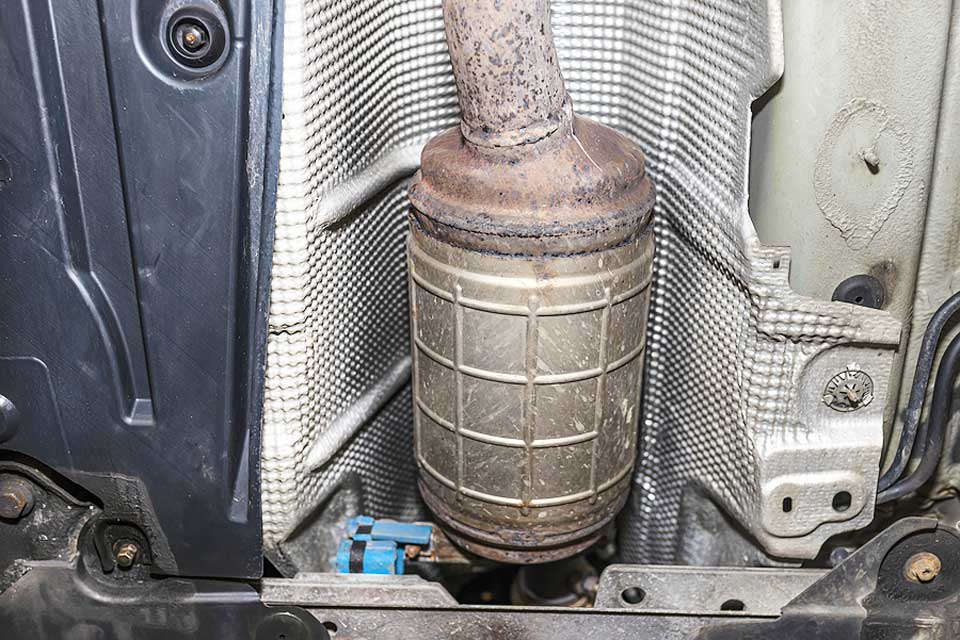Have you noticed a reduction in performance from your car or is it using more fuel than usual?
Is there a red light that's lit on your dashboard?
This could be your Diesel Particulate Filter.
 Modern diesel engines although efficient still produce an amount of particulate matter (soot) All diesels produced since 2009 will have been fitted with a Diesel Particulate Filter (DPF) located in the exhaust that helps to stop this soot passing from the engine to the atmosphere. A DPF can be upto 80% efficient at removing soot from the exhaust gasses but like all filters a DPF should be cleaned regularly to ensure the best performance of not only the filter but also your engine.
Modern diesel engines although efficient still produce an amount of particulate matter (soot) All diesels produced since 2009 will have been fitted with a Diesel Particulate Filter (DPF) located in the exhaust that helps to stop this soot passing from the engine to the atmosphere. A DPF can be upto 80% efficient at removing soot from the exhaust gasses but like all filters a DPF should be cleaned regularly to ensure the best performance of not only the filter but also your engine.
When the temperature of the exhaust system gets hot enough the DPF goes through a process called Active Regeneration which mostly occurs during prolonged driving on motorways or fast A-roads. At these driving speeds the soot is burnt away leaving a small amount of ash residue.
Active regeneration for many cars doesn't occur as passively as a matter of day to day driving as modern driving trends have become more focused on short journeys around town, commuting to work and school drop offs. If this is the type of driving you do then the chances are Active Regeneration isn't able to clear the soot in the normal way.
A blocked DPF can be cleaned in a couple of ways, first is the most obvoius and that's to drive on a motorway or fast A road at a continuous speed of around 50 mph for at least 15 minutes or more on a regular basis, this will give the exhaust system time to reach the required temperature to start burning away the particles in the DPF. If this is the type of driving you do there's a good chance all is well, however there's no real way to know when and if the process has started or been completed.
Another option is to instigate removal of the particles manually with the use of a DPF flushing liquid that contains catalysts which work to lower the temperature at which the particles burn and therefore increase the likelyhood of the particles being cleared even during shorter lower speed journeys.
Engine DPF flushing can also be instigated through a professional process by your vehicle service and repair centre, this can be added on to your service to minimise disruption that may be caused by needing another trip to the garage and possibly another day without your vehicle.
Always keep this in mind when your car goes in for an MOT or service, especially if you have noticed a drop off in performance or an increase in fuel use.


























